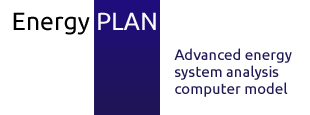Both CHP (combined heat and power production) and wind power are important elements of Danish energy policy. Today, approximately 50% of both the Danish electricity and heat demand are produced in CHP and more than 15% of the electricity demand is produced by wind turbines. Both technologies are essential for the implementation of Danish climate change response objectives, and both technologies are intended for further expansion in the coming decade. Meanwhile, the integration of CHP and wind power is subject to fluctuations in electricity production. Wind turbines depend on the wind, and CHP depends on the heat demand. This article discusses and analyses two different national strategies for solving this problem. One strategy, which is the current official government policy known as the export strategy, proposes to take advantage of the Nordic and European markets for selling and buying electricity. In this case, surplus electricity from wind power and CHP simply will be sold to neighbouring countries. Another strategy, the self-supply strategy, runs the CHP units to meet both demand and the fluctuations in the wind scheduling. In this case, investments in heat storages are necessary and heat pumps have to be added to the CHP units. Based on official Danish energy policy and energy plans, this article quantifies the problem for the year 2015 in terms of the amount of surplus electricity, and investments in heat pumps, etc. needed to solve the problem are calculated. Based on these results between the two different strategies, the conclusion is that the self-supply strategy is recommended over the official export strategy.




